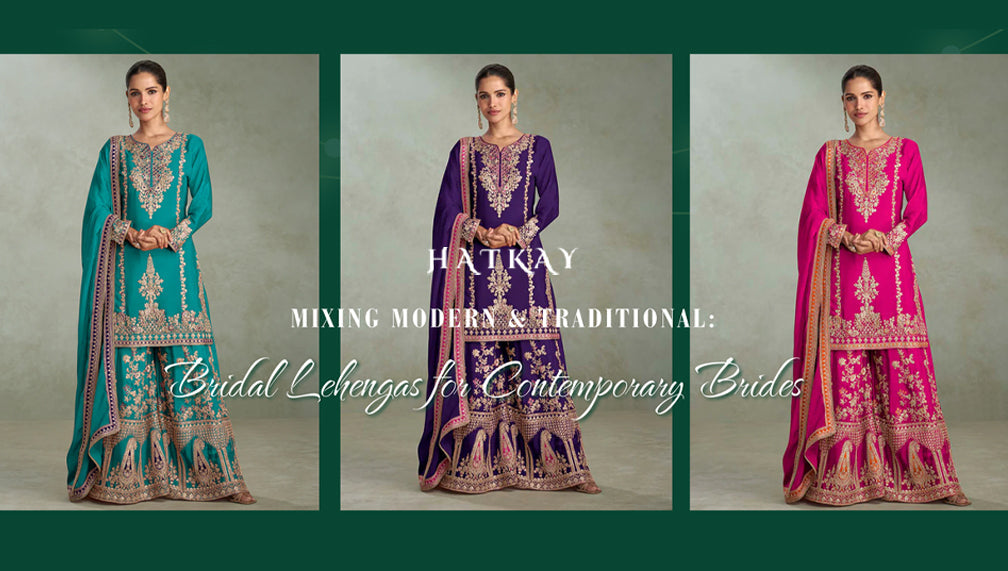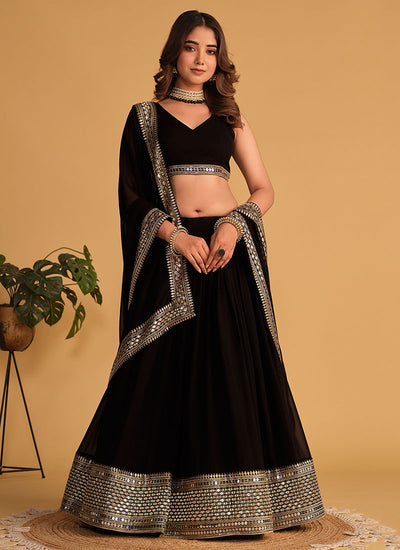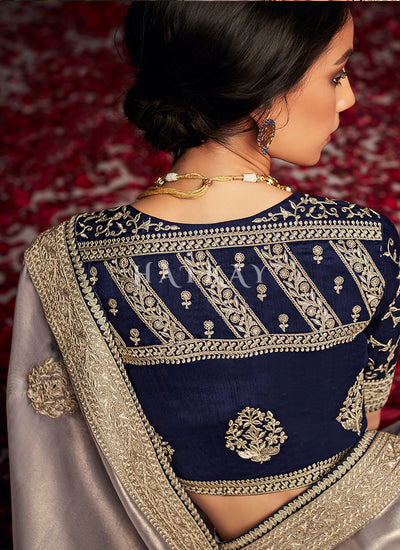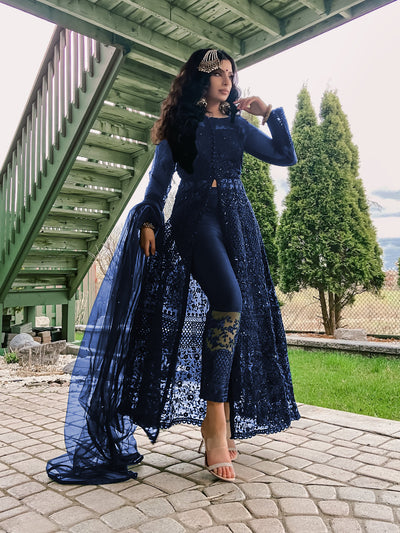
How to Take Accurate Measurements for Your Punjabi Suit
Indian clothes are renowned for their intricate designs, vibrant colors, and cultural significance. Among the wide array of traditional Indian attire, Punjabi suits hold a special place. Punjabi suits, which include salwar kameez and other variations like Anarkali suits, are a popular choice for both casual and formal occasions. To ensure that your Punjabi suit fits you perfectly, it's essential to take accurate measurements. In this comprehensive guide, we will walk you through the step-by-step process of measuring for your Punjabi suit, which can also be applied to other Indian garments such as sarees, lehenga choli, and more.
Why Accurate Measurements Matter
Before delving into the measurements themselves, it's crucial to understand why they are so important. Proper measurements are the foundation of a well-fitting Punjabi suit or any Indian outfit for that matter. A suit that fits correctly not only enhances your appearance but also ensures comfort and confidence, making you feel your best during any occasion.
Step-by-Step Guide: How to Take Measurements for Your Punjabi Suit
- Get the Right Tools: To take precise measurements, you will need a few basic tools such as a soft measuring tape, a notepad, and a pen. It's also advisable to wear well-fitting undergarments while taking measurements.
- Bust (Chest) Measurement: Start by measuring around the fullest part of your bust while keeping the measuring tape snug but not tight. This measurement is crucial for both tops and Anarkali suits.
- Waist Measurement: Measure around your natural waistline, which is typically the narrowest part of your torso.
- Hip Measurement: For the hip measurement, measure around the fullest part of your hips, ensuring the tape is parallel to the ground.
- Length Measurements:
- Kameez (Top): Measure from the top of your shoulder to the desired length of your kameez. This measurement varies depending on your personal preference and the style of the suit.
- Salwar (Bottom): Measure the length from your waist to the desired length of your salwar or pants.
- Dupatta (Scarf): If your outfit includes a dupatta, measure its length according to your preference, keeping in mind how you plan to drape it.
- Sleeve Length: Measure from the top of your shoulder down to your wrist. This measurement is crucial for the sleeves of your Punjabi suit.
- Shoulder Width: Measure from the outer edge of one shoulder to the other. This measurement helps ensure the kameez fits comfortably on your shoulders.
- Neckline and Neck Depth: If your suit has a specific neckline or neck depth, measure it accordingly.
- Armhole Circumference: Measure around your arm's fullest part, which is usually just below the armpit. This measurement is essential for a well-fitted salwar kameez.
- Additional Measurements: Depending on the style and design of your Punjabi suit, you may need to take additional measurements for elements like pleats, gathers, or embellishments.
- Consult a Professional: If you're unsure about any of the measurements or need a perfectly tailored Punjabi suit, consider seeking the help of a professional tailor. They can provide guidance and ensure that your suit fits flawlessly.
In the world of Indian clothing, achieving the perfect fit is essential for looking and feeling your best in Punjabi suits, sarees, lehenga choli, and more. By following this step-by-step guide to taking measurements, you can ensure that your Punjabi suit is tailored to your unique body shape and personal style. Whether it's a special occasion or a casual outing, a well-fitted Punjabi suit will make you stand out with elegance and grace.
Don't forget that these measurements can also be applied to other Indian outfits, like sarees, lehenga choli, and Anarkali suits, ensuring that you always look your best in traditional attire.

















































































